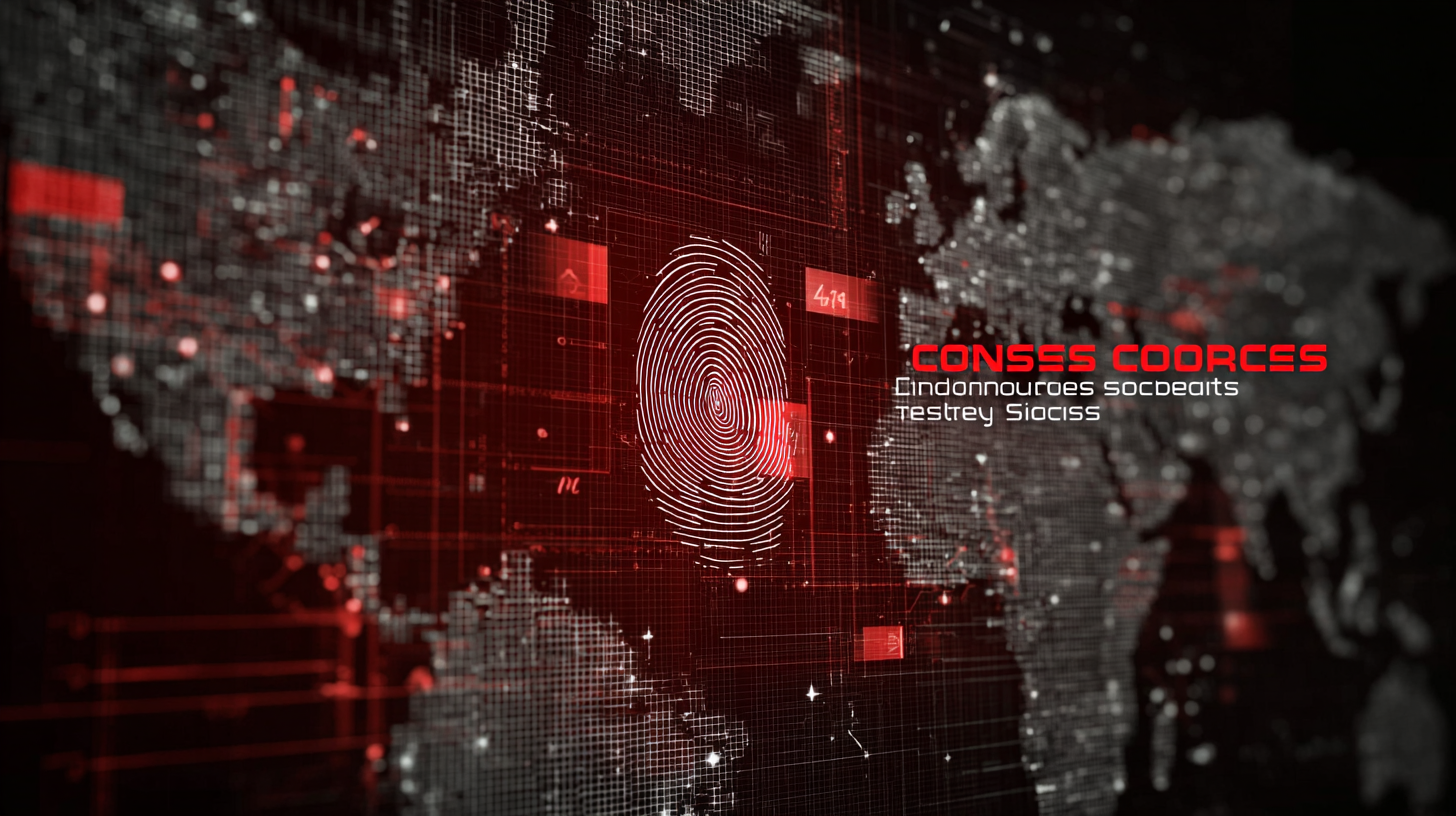Blog
Understanding Global Industry Standards for the Best Biometric Access Control Solutions
In today's rapidly evolving technological landscape, the significance of robust security measures cannot be overstated, especially in the realm of access control. Biometric Access Control solutions have emerged as a frontrunner in enhancing security protocols across various industries. These systems, which utilize unique biological traits such as fingerprints, facial recognition, and iris scans, offer unparalleled accuracy and efficiency in identity verification. However, the effectiveness of these solutions is largely dependent on adherence to global industry standards. Understanding these standards is crucial for organizations seeking to implement biometric access control systems that are not only effective but also secure and reliable. This blog will delve into the importance of global industry standards in shaping the best biometric access control solutions, ensuring that businesses can navigate the complexities of modern security needs with confidence.

Advantages of After-Sales Service in Biometric Access Control Solutions
 After-sales service is a critical component of biometric access control solutions that often goes underappreciated. These advanced systems, designed to enhance security through unique biological identifiers, require careful monitoring and occasional maintenance to ensure optimal functionality. Robust after-sales support can significantly extend the life of these systems, providing customers with reassurance that any technical issues will be promptly addressed.
After-sales service is a critical component of biometric access control solutions that often goes underappreciated. These advanced systems, designed to enhance security through unique biological identifiers, require careful monitoring and occasional maintenance to ensure optimal functionality. Robust after-sales support can significantly extend the life of these systems, providing customers with reassurance that any technical issues will be promptly addressed.
Moreover, effective after-sales service can lead to enhanced customer satisfaction and trust. When users are confident that help is readily available, they are more likely to fully integrate biometric systems into their operations. Service teams that offer training, troubleshooting assistance, and regular updates empower organizations, ensuring that they can maximize the benefits of their biometric access control solutions. Investing in after-sales service not only enhances user experience but also solidifies a company’s reputation in a competitive market.
Assessing the Long-Term Maintenance Costs of Biometric Systems
Maintaining biometric access control systems is not just about managing the technology; it also involves evaluating the long-term costs associated with their upkeep. According to a report by the Security Industry Association (SIA), the total cost of ownership (TCO) for biometric systems can often be underestimated. Factors influencing these costs include hardware maintenance, software updates, and personnel training, which together contribute significantly to the overall financial commitment. Data reveals that organizations can expect to spend up to 25% of the initial investment annually on maintenance, highlighting the necessity for businesses to budget appropriately.
Furthermore, as biometric technologies evolve, so do their maintenance demands. A comprehensive study by ASIS International indicates that systems using outdated algorithms could incur additional costs of about 30% in long-term operational inefficiencies. Organizations must also factor in potential integration costs with existing security systems, which can range from 15% to 20% of the overall budget. Therefore, understanding these long-term maintenance costs is crucial for organizations looking to invest in biometric access control solutions, ensuring they not only achieve heightened security but also maintain financial viability over time.
Long-Term Maintenance Costs of Biometric Access Control Solutions
Key Factors Influencing Repair Costs for Biometric Access Control Devices
When considering biometric access control devices, several key factors influence repair costs that users and businesses must evaluate. One major factor is the complexity of the technology involved. Biometric systems often integrate advanced sensors and algorithms that can be difficult to troubleshoot and repair. For instance, fingerprint scanners or facial recognition systems require precise calibration and can be sensitive to environmental conditions, leading to potential malfunctions that necessitate specialized repairs.
Another important element is the availability of replacement parts. Devices manufactured by reputable brands might have readily available components, which can lower repair costs. Conversely, lesser-known brands may lead to higher costs due to scarce parts and longer waiting times for replacements. The age of the equipment also plays a crucial role; older devices might become obsolete, making repairs not only more expensive but potentially impractical.
Finally, the manufacturer's warranty and service agreements should be considered. A solid warranty can significantly reduce out-of-pocket expenses for repairs, as it may cover parts and labor for a specified period. As businesses navigate the landscape of biometric access control, a comprehensive understanding of these factors will aid in budgeting and ensuring device longevity.
Strategies for Improving After-Sales Support in Biometric Solutions
In the rapidly evolving landscape of biometric access control solutions, after-sales support plays a crucial role in maintaining customer satisfaction and fostering long-term relationships. Providing thorough training on the product usage and offering ongoing assistance ensures that clients can maximize their investments. Companies should consider developing comprehensive support materials, including instructional videos and detailed FAQs, that enable users to troubleshoot common issues independently.
One effective strategy to enhance after-sales support is to implement a feedback loop with customers. Regular follow-ups can help identify areas where users may need additional assistance or features they desire. This proactive approach not only improves customer experience but also aids in the continuous improvement of the product. Additionally, offering a dedicated support hotline or chat service ensures immediate assistance when clients face urgent issues.
Tips for improving after-sales support include:
- Create a user community platform where customers can share experiences and solutions;
- Establish a robust ticketing system to track and resolve customer inquiries efficiently;
- Schedule periodic training webinars to keep users updated on new features and best practices.

Understanding Warranty Implications on Cost and Service Quality
When considering biometric access control solutions, understanding warranty implications is crucial not only for cost management but also for service quality. A report by MarketsandMarkets indicates that the biometric system market is expected to reach USD 59.31 billion by 2025. With this growth, the warranties provided by manufacturers have gained significant importance, as they can affect long-term operational efficiency. A comprehensive warranty not only protects the initial investment but also ensures that users receive timely maintenance and support, preventing costly downtime.
Moreover, warranty durations and coverage vary widely across the industry, introducing variable impacts on service quality. According to a study by Research and Markets, organizations that align with vendors offering robust warranties can reduce their total cost of ownership by up to 30%. This statistic emphasizes the role that warranties play in determining the overall effectiveness of biometric systems. Businesses must thoroughly assess warranty terms, including response times and service level agreements, to ensure they are equipped to handle any challenges that may arise during the lifespan of their systems.
